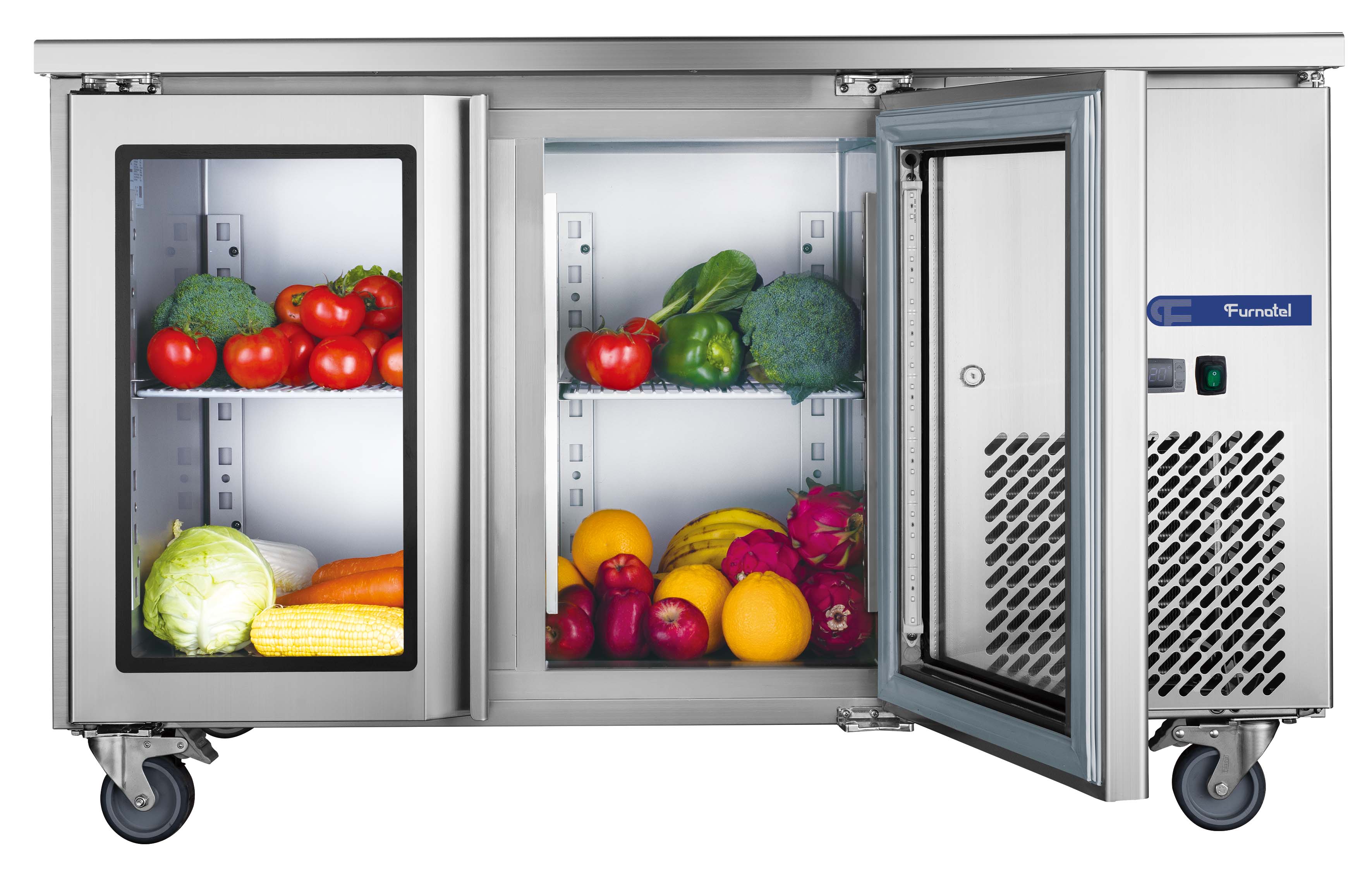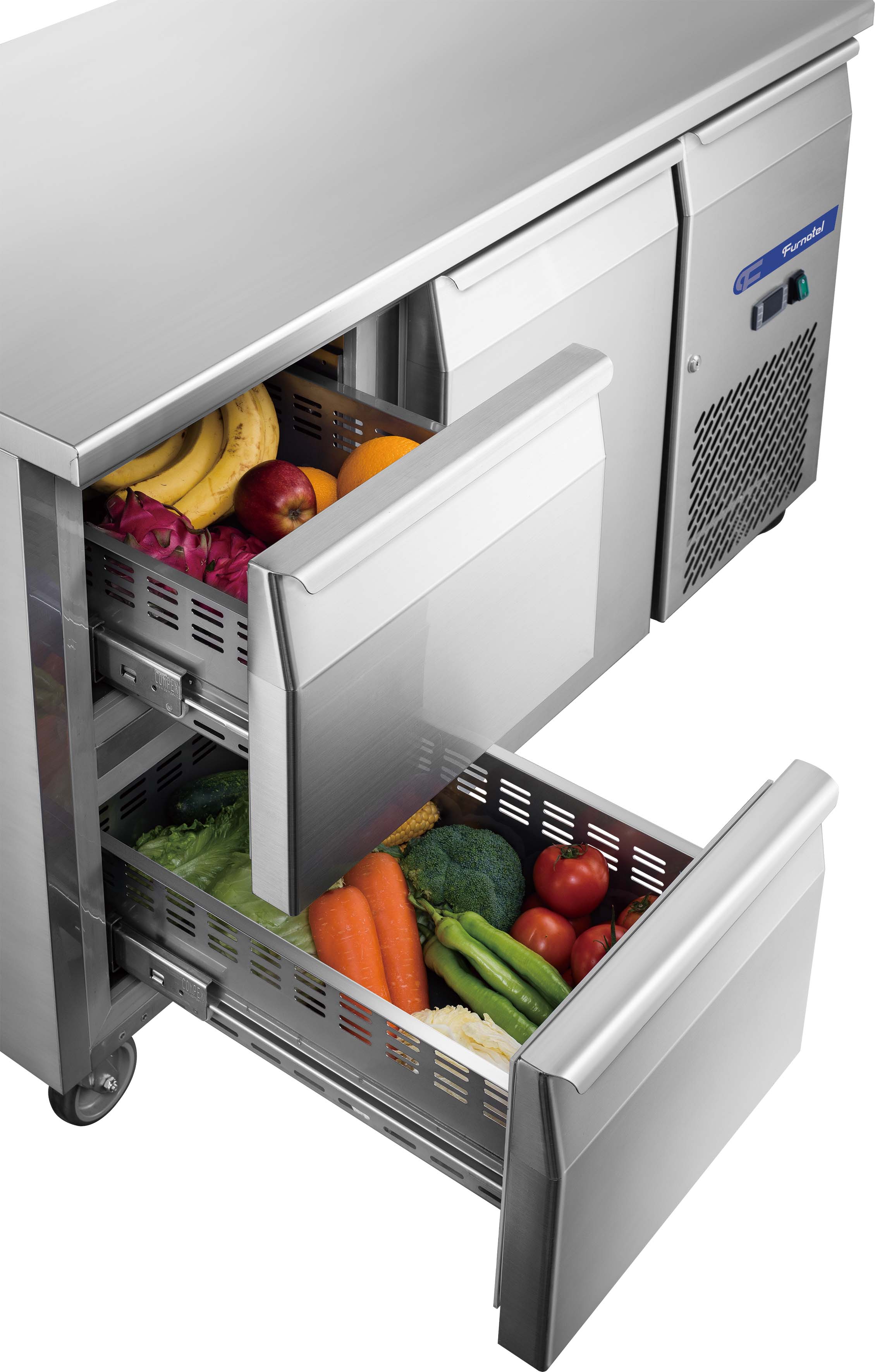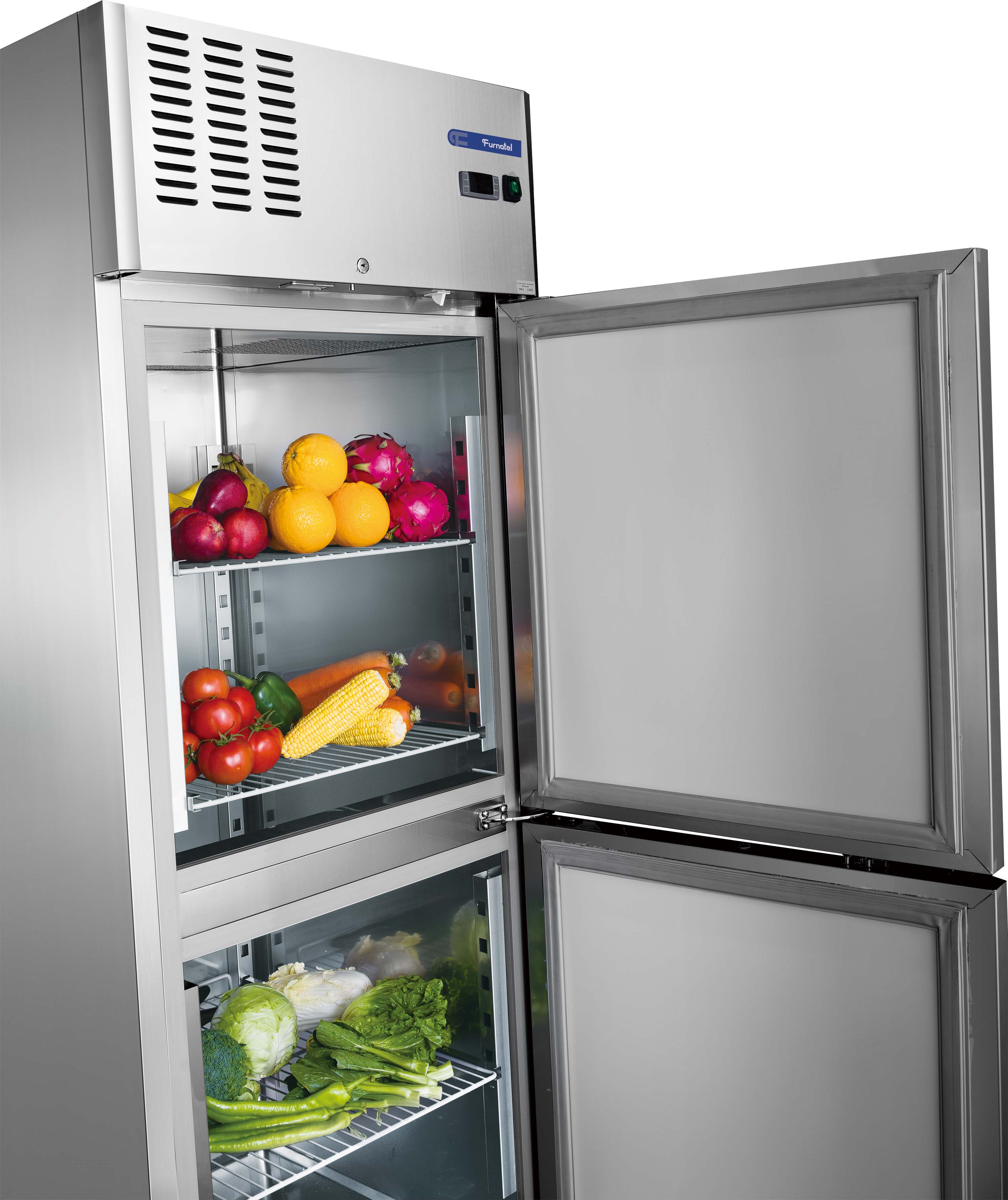Restaurant refrigeration systems have advanced from their conventional use in modern commercial kitchens into crucial tools for guaranteeing operational efficiency and food safety. Businesses like SHINELONG, that offer state-of-the-art solutions designed specifically to meet the needs of professional kitchens, are the pinnacle of this innovation.
Mastering Freshness - Restaurant Refrigerators and Commercial Refrigeration Equipment for Peak Efficiency
In the constantly shifting realm of culinary arts, freshness is an impenetrable pillar of quality. The quality of the ingredients defines the experience that guests are going to cherish, either it's a vivid salad, an exquisitely aged steak, or a painstakingly made dessert. Restaurant refrigeration systems have advanced from their conventional use in modern commercial kitchens into crucial tools for guaranteeing operational efficiency and food safety. Businesses like SHINELONG, that offer state-of-the-art solutions designed specifically to meet the needs of professional kitchens, are the pinnacle of this innovation.
Maintaining food cool is no longer the sole use of refrigeration. It has grown into an advanced technology that maintains freshness, increases the shelf life of ingredients, and allows chefs to create culinary wonders. Let's begin by examining the life-changing experience and the essential part these systems play in modern gastronomy.
The Evolution of Refrigeration:
Human inventiveness can be seen by the history of refrigeration. Refrigeration technology has improved tremendously from early iceboxes which utilized blocks of ice to more sustainable and flexible systems today. The sole objective of the early, crude devices was to lower the temperature. Yet the modern period brought with it revolutionary innovations like sustainable refrigerants, that reduce the impact on the environment, and computerized cooling systems, which offer precise temperature control.
The integration of environmentally friendly compressors with adaptable defrost systems represents one of the most significant developments. These advances greatly lower energy usage while also prolonging the equipment's lifespan. Businesses like SHINELONG are setting higher standards for sustainability and performance in commercial kitchens by adopting these milestones.
The Science of Preservation:
Preservation is a sophisticated science which seeks to preserve the quality and integrity of perishables; it is not only about lowering temperatures. The subsequent three elements are crucial to successful preservation:
● Temperature Accuracy: In order to prevent microbial growth and enzymatic spoiling, an appropriate temperature must be maintained. Precision is vital for current refrigeration systems because even little variations can jeopardize food safety.
● Humidity Optimization: Keeping the texture and flavor of perishable goods needs careful control of moisture levels. The long-term freshness can be guaranteed via humidity control, regardless if it's for delicate pastries or fresh food.
● Airflow Engineering: In order to avoid hotspots and ensure constant preservation across the storage unit, uniform cooling is necessary. Modern airflow technologies are meant to maintain the atmosphere stable and avoid stratification.

Diverse Refrigeration Solutions:
Flexible refrigeration systems are necessary for modern kitchens to meet their different needs. Here are a few substitutes for specialization:
● Blast Chillers: These appliances rapidly decrease food temperatures, maintaining tastes and nutrients while ensuring compliance to safety regulations.
● Drawer Units: Engineered for modular storage, these components give cooks easy access as well as efficient organization of goods.
● Upright Chillers: These vertical refrigeration units offer sufficient storage capacity and maximizing kitchen space. Perfect for bustling commercial kitchens, upright chillers ensure consistent cooling & are made for easy accessibility, letting chefs efficiently handle inventory while retaining optimal food safety standards.
● Customized Coolers: Built to satisfy specific storage needs, especially those related to wine, sweets, or delicate items such seafood, these coolers offer the optimal environment for each product.
Optimizing Operational Efficiency:
The workflows feature in kitchens can be completely transformed by careful installation of refrigeration equipment. Along with improving availability, well-placed units save unnecessary movements and improve productivity. By ensuring real-time stock level monitoring, automatic inventory management systems and modular designs further streamline operations.
Smart storage solutions additionally serve as a source of efficiency. As an instance, kitchens can boost storage capacity with no compromising usefulness because of stackability and space-saving devices. Particularly, the Commercial kitchens can achieve improved performance and seamless integration through the use of these types of techniques.

Sustainability & Energy Efficiency:
If we talk about sustainability and efficiency there are major developments in refrigeration technology which are boosted by the foodservice industry's growing emphasis on sustainability. Adjustable defrost cycles and electricity-efficient compressors are crucial for cutting off electricity usage. Likewise, the refrigeration industry's commitment to environmentally friendly methods is shown by the use of green refrigerants, which have a minimized global warming potential (GWP).
Case instances from leading companies such as SHINELONG demonstrate the apparent advantages of these developments. For example, a restaurant which implemented the move to energy-efficient refrigeration systems claimed to have reduced its carbon footprint & energy costs by 30%. The importance of environmentally friendly procedures in commercial refrigeration is demonstrated by these developments.
Food Safety Compliance:
Any business kitchen needs to strictly adhere to food safety regulations. In an effort to avoid the contamination of food, advanced refrigeration equipment are designed to comply with the Hazard Assessment and Critical Control Points (HACCP) regulations. Kitchens can easily conform with regulations because of features like automatic notifications and continuous temperature monitoring.
Businesses can safeguard their brand & guarantee the wellbeing & contentment of their customers by investing in outstanding refrigeration equipment.
Key Challenges in System Selection:
A wide range of factors need to be carefully taken into account when picking the best refrigeration system:
● Longevity vs. Initial Costs: While costly appliances may need an enormous initial expenditure, their ability to last and efficiency of energy may turn into savings over the long run.
● Space Restrictions: Space-saving substances that without compromising storage capacity must be accorded first priority in tiny kitchens.
● Dependability in High-Demand Situations: Commercial kitchens require systems that remain able to operate at their most efficient regardless of busy times.
Making decisions that are in accordance with the practical demands of the kitchen demands finding a balance amongst these difficulties.

Economic and Culinary Gains:
There are multiple gastronomic & financial advantages to advanced refrigeration systems. These innovations assist in saving a lot of money by reducing food waste and prolonging the nutritional value of components. In addition, chefs are able to produce dishes that meet customers and enhance the restaurant's image whenever they use consistently fresh products.
Companies offering refrigeration solutions that combine cost effectiveness with culinary flawlessness, such as SHINELONG, are the pinnacle of this synergy. Purchasing systems like this is not only a wise financial choice, additionally a calculated strategy to guarantee sustained profitability in a highly competitive environment.
Emerging Refrigeration Technologies:
Commercial refrigeration has an excellent future awaiting it. With anticipatory cooling systems which adjust temperatures based on consumption patterns, artificial intelligence (AI) has already caused a stir. Similarly to this, the Internet of Things (IoT) has rendered remote management and control possible, providing previously unheard-of efficiency and ease.
Innovations in sources of clean energy and insulation materials also hold an opportunity to transform refrigeration technology. Commercial kitchens are going to keep leading the way in efficiency and environmental sustainability according to these developments, that mark the start of a new age of innovation.
Conclusion:
In the rapid culinary world of today, refrigeration is not just essential, but also an operational benefit. Modern refrigeration systems allow restaurants to thrive in an increasingly competitive sector by ensuring freshness, improving efficiency in operation, and embracing sustainability.
A commitment to quality can be seen by purchasing driven by performance solutions from top vendors like SHINELONG. Commercial refrigeration has endless possibilities for innovation as technology advances, which makes it a crucial ally in the search for culinary perfection.

Since Shinelong was established in Guangzhou in 2008, we have made great strides in the fields of commercial kitchen planning and kitchen equipment manufacturing.
IF YOU HAVE ANY QUESTION,PLEASE CONTACT US.
WhatsApp: +8618902337180
WeChat: +8618924185248
Telephone: +8618924185248
Fax: +86 20 34709972
Email: info@chinashinelong.com
After-Sales Contact
Telephone: +8618998818517
Email: service@chinashinelong.com
Add: No. 1 Headquarters Center, Tian An Hi-tech Ecological Park, Panyu Avenue, Guangzhou, China.


















